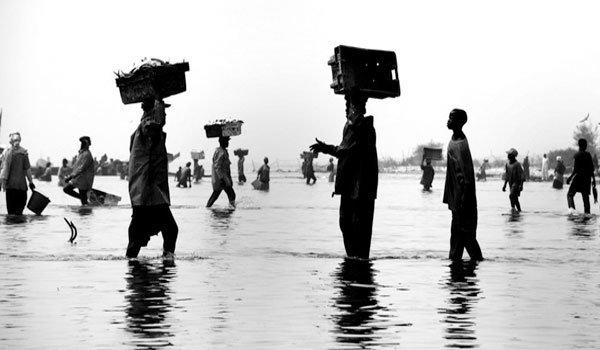Each photographer is a freelance reporter or professional from an organization like the Associated Press or Reuters, and is selling one print for 60 euros ($64). The images capture moments in Uganda, Afghanistan, Senegal, South Africa, Melilla, Mauritania and the Western Sahara.
The photos were exhibited at the Zoom Edition Gallery in Madrid until Nov. 20.
They’re also on sale on the Red Acoge website until Jan. 15, 2016.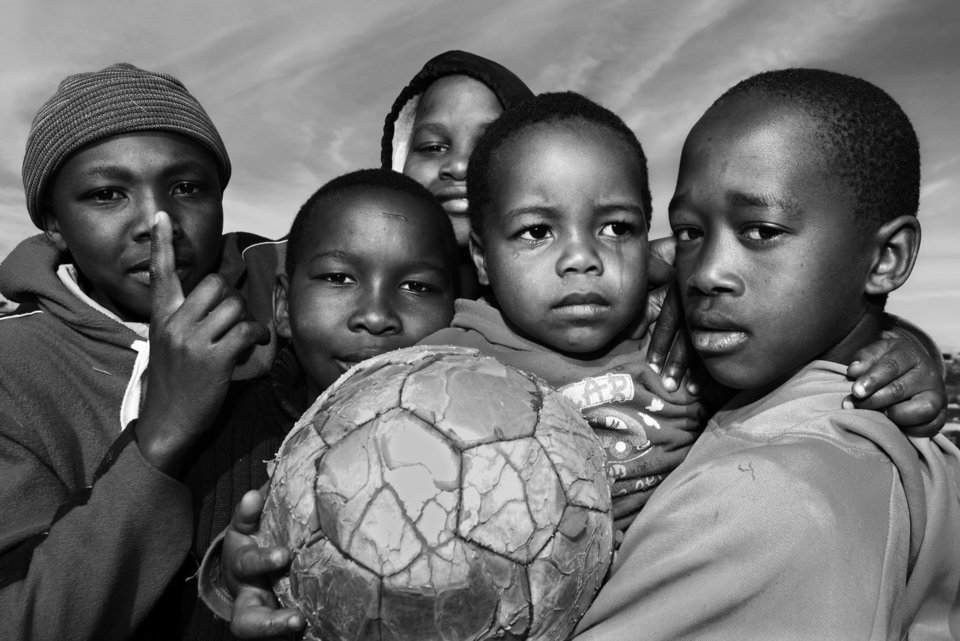
Photograph of children in the town of Gugulethu, the day after the World Cup semifinals in South Africa between Holland and Uruguay. Cape Town, South Africa. July 7, 2010.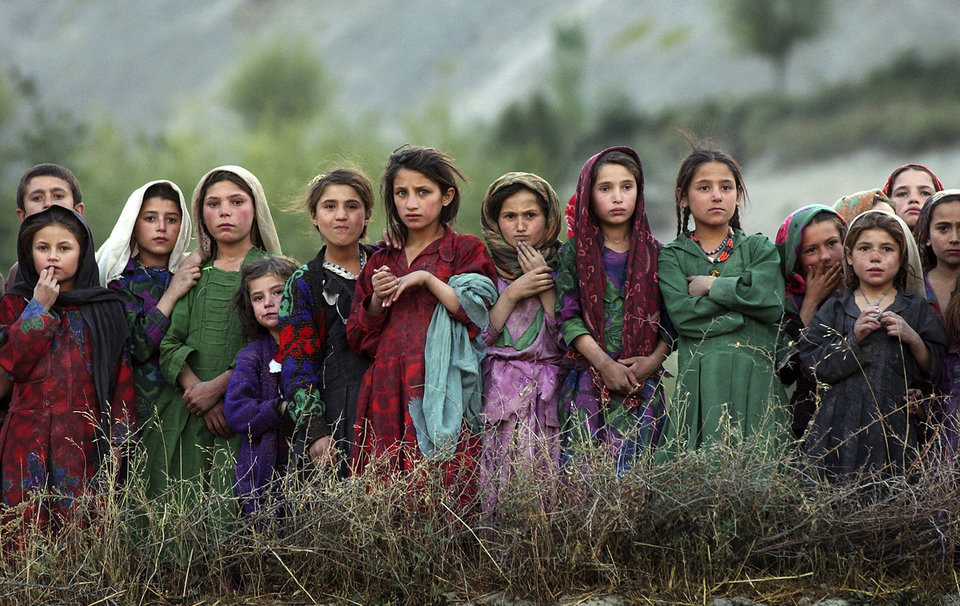
Girls from the remote village of Ghumaipayan Mahnow in northern Afghanistan, near the border with Tajikistan, watch as U.N. workers unload ballot boxes from a helicopter in preparation for the first elections in the country's history. Oct. 4, 2004.
Unloading fish on the coast of San Luis from the same small canoes thousands of Senegalese immigrants used to travel to the coasts of Fuerteventura in the Canary Islands. San Luis, Senegal, 2008.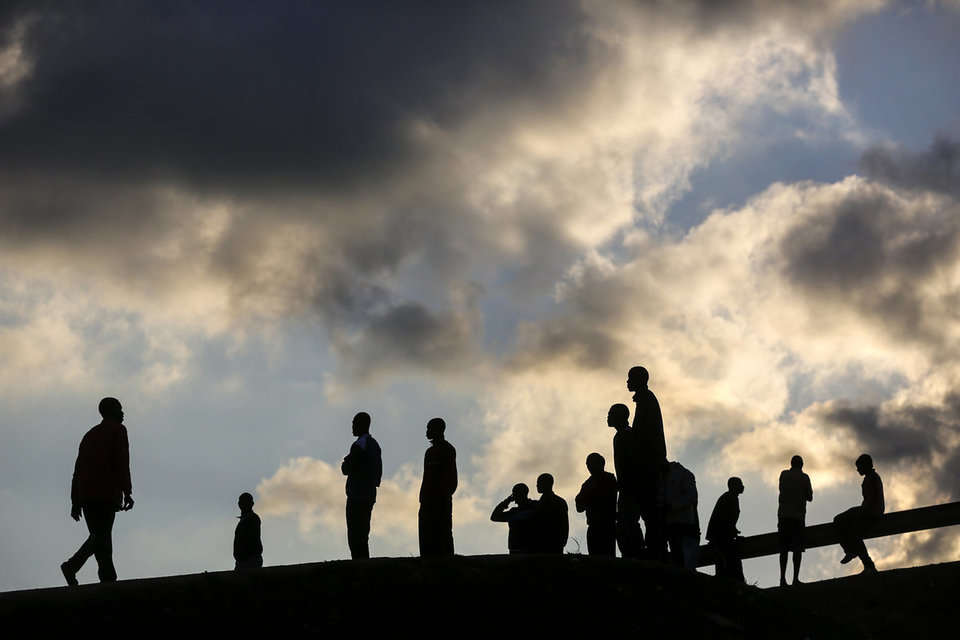
According to its photographer, this image shows a group of young Africans walking outside of the Center for Temporary Stay of Immigrants in Melilla on Dec. 8, 2013.
"After a dangerous and long trip from their countries of origin, scraping by in the hills near Melilla's fence, hiding from the Moroccan police during the day, getting injured by the razor wire, and avoiding being sent back through the doors to Morocco along the same fence, minutes after entering Spain, the migrants wait to be moved to the mainland with deportation orders in their pockets but with the hope of no longer being shadows, and being able to get jobs to help their families," he writes.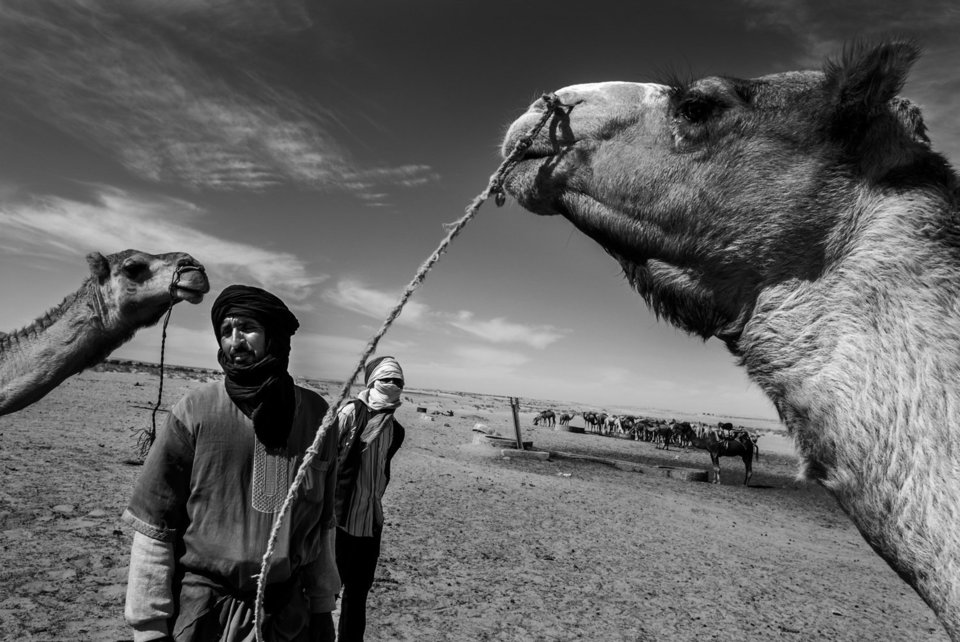
"Sometimes, it's difficult for art, human rights and photography go hand in hand," Luis de Vega writes. "With my participation in the Red Acoge initiative, in some way, I wanted the person who buys this photo to at least enjoy some of its beauty and [pledge their] commitment. I picked this image of the Western Sahara because it continues to be a pending assignment for journalists, and more so, particularly if we’re Spaniards. And within that conflict, there are photographs from the remote refugee camps of Tindouf (Algeria) or of the cities occupied by Morocco after the Green March, 40 years ago. Mijek is an inhospitable area east of the wall, built by Rabat where a handful of UN peacekeepers try to remove the mines over which a dromedary flies from time to time. These nomads are, therefore, the backside of a problem, an open wound in Spain's history."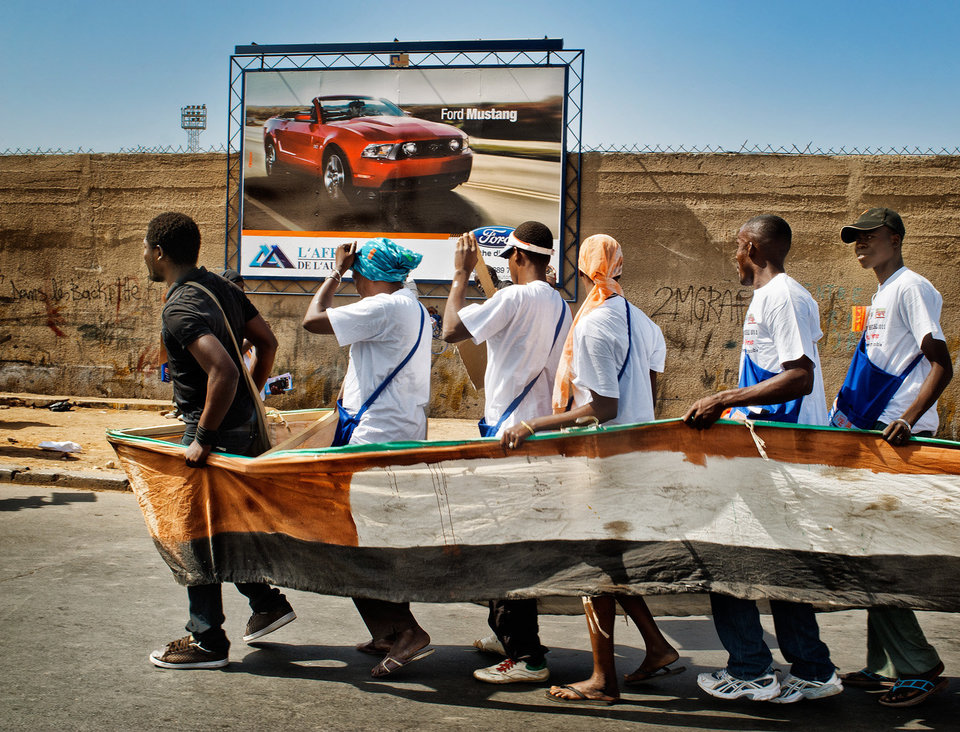
"Dakar, 2011. More than 60,000 people gather to celebrate the 10th edition of the World Social Forum, a meeting that brings together all sorts of citizens and organizations, and a different type of globalization -- they reject neoliberalism and … imperialism. The foundation is the rejection of the current economic, political and environmental system, with its consequent exploitation, racism, sexism and destruction of the planet. Its motto: Another world is possible."
"This is the setting of this photograph: February 6, 2011. In broad daylight, six black men pull a dinghy through a street in Dakar during the festive march that started the gathering. From the other side of the street on Billboard, a white guy drives his red convertible on a flawless road. The world of a few rich people versus that of the many living in poverty. The rich are on top, with an ostentatious show of wealth. The poor are below, fed up with such ostentation. And the Arab Spring was already seething in Tunisia, Egypt and Libya. And the civil war in Syria was about to start. Almost five years have passed. Today, the mass exodus of mostly Syrian citizens who flee the civil conflict in their country toward Europe, is comparable to the one provoked by World War II. The United Nations Refugee Agency (UNHCR) has said that 350,000 people have crossed the Mediterranean since the beginning of the year. Furthermore, more than 2,500 have died in their attempt during 2015, according to the same organization."
"This is the image I've selected so that with the profits from the sale we can help guarantee the realization of the programs of the NGO Red Acoge, which has been working in Spain since 1991 with, and for, socially excluded immigrants and refugees. So obvious, so complex. So far, so close."
A group of boys play soccer with balloons after attending a dance recital about water scarcity in the city of Kaedi in the Gorgol region of Mauritania. May 31, 2012.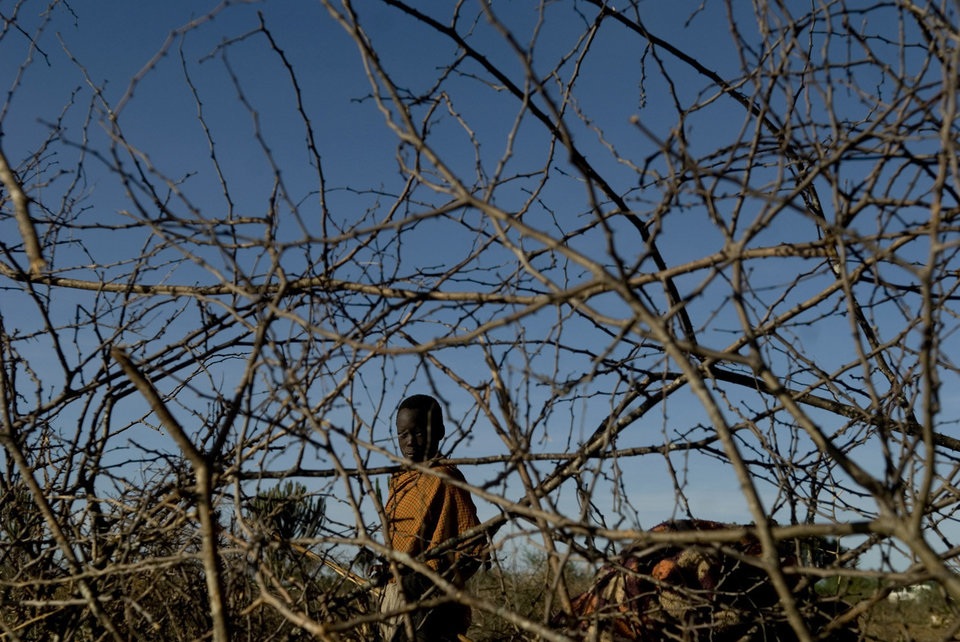
A boy from the Karamojong ethnic group walks inside a camp near the city of Moroto in Uganda. April 7, 2008.
-The Huffington Post




